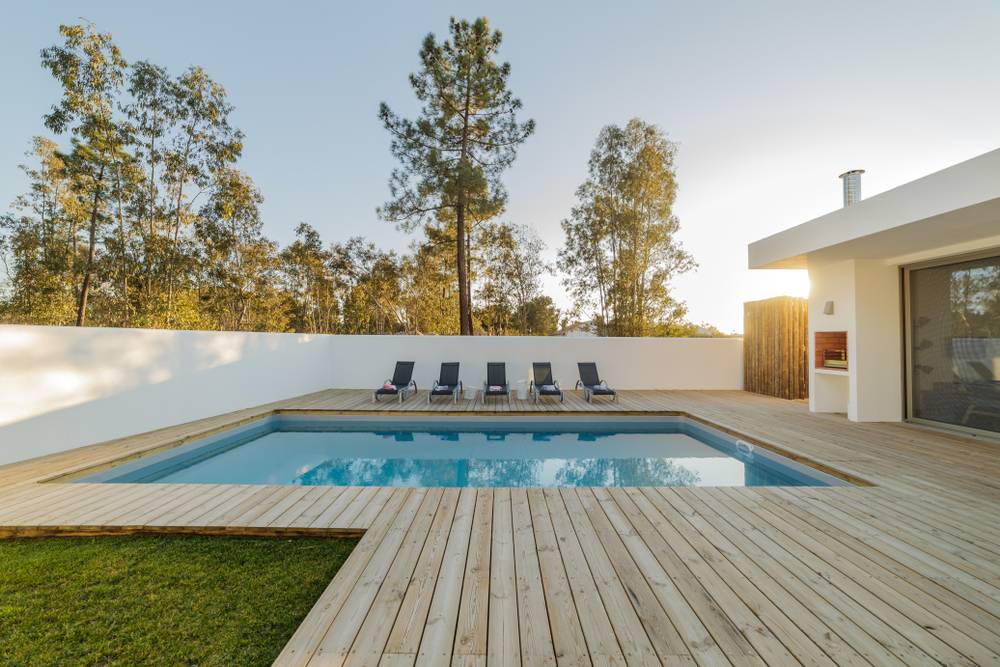It seems that my account doesn't have the privileges to start a new conversation in order to send a private message to a member. It's been a few days since I emailed the webmaster for support and I haven't received a reply, so I'm trying this approach.
I really enjoyed reading the technical details covering CYA and water chemistry. I would like to pose some questions regarding the release of chlorine from chlorinated cyanurates.
What is the mechanism that triggers the release of chlorine or HOCL in response to a demand such as a testing reagent or algae?
CYA:FC difference between bodies with a SWCG and any other means of chlorination is dramatic. Is this due to the small but constant rate of production of the SWCG to effect a stacking of shielded sanitizer within a high concentration of CYA or is the salt cell actually producing more chlorine due to the rapid reaction with CYA?
If any other means of chlorination were to simulate the same production and feed rate of an SWCG such as chlorine gas or bleach, would the same effect be expected?
Is the tapering off of free chlorine in manually dosed pools the reason to maintain a minimum of CYA?
Does UV exposure have any effect on the formation of chlorinate cyanurates?
Why am I finding that water with 80 to 100ppm CYA and overwhelmed with algae will hold 5ppm free chlorine for 12 or more hours (and not be quickly reduced or affect the algae)?
I really enjoyed reading the technical details covering CYA and water chemistry. I would like to pose some questions regarding the release of chlorine from chlorinated cyanurates.
What is the mechanism that triggers the release of chlorine or HOCL in response to a demand such as a testing reagent or algae?
CYA:FC difference between bodies with a SWCG and any other means of chlorination is dramatic. Is this due to the small but constant rate of production of the SWCG to effect a stacking of shielded sanitizer within a high concentration of CYA or is the salt cell actually producing more chlorine due to the rapid reaction with CYA?
If any other means of chlorination were to simulate the same production and feed rate of an SWCG such as chlorine gas or bleach, would the same effect be expected?
Is the tapering off of free chlorine in manually dosed pools the reason to maintain a minimum of CYA?
Does UV exposure have any effect on the formation of chlorinate cyanurates?
Why am I finding that water with 80 to 100ppm CYA and overwhelmed with algae will hold 5ppm free chlorine for 12 or more hours (and not be quickly reduced or affect the algae)?


